The 6 Most Famous Dinosaurs in History
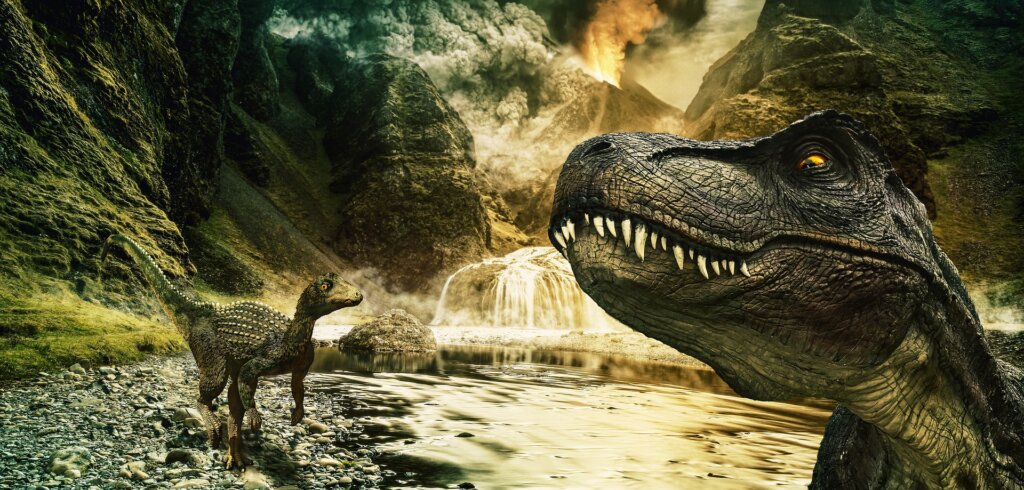
For years, movies have been bringing us closer to the past through films featuring extinct animals, such as dinosaurs. However, film sagas don’t always show the wide variety of these terrestrial reptiles. Meet the 6 most famous dinosaurs in this article.
In fact, there were about 1000 different species of dinosaurs that roamed the Earth for more than 140 million years. Out of all of them, can you name more than three species of these extinct animals?
Don’t worry if your mind goes blank! After reading the following content about the most famous dinosaurs in history, we’re sure you’ll be able to answer this question.
Meet the most famous dinosaurs
Before going into the diversity of dinosaur species, it’s useful to know what their types are. Specifically, their classification is based on the structure of their hips.
Thus, they are distinguished as follows:
- Bird-hipped: Known as “ornithischians”, they were all herbivores, feeding on different types of plants.
- Lizard hips: They’re called “saurischians“ and included carnivores and herbivores.
Of all the species that made up the large group of these inhabitants of the Earth during the Mesozoic era, we’ll now review the characteristics of the best-known ornithischian and saurischian dinosaurs.
1. Tyrannosaurus
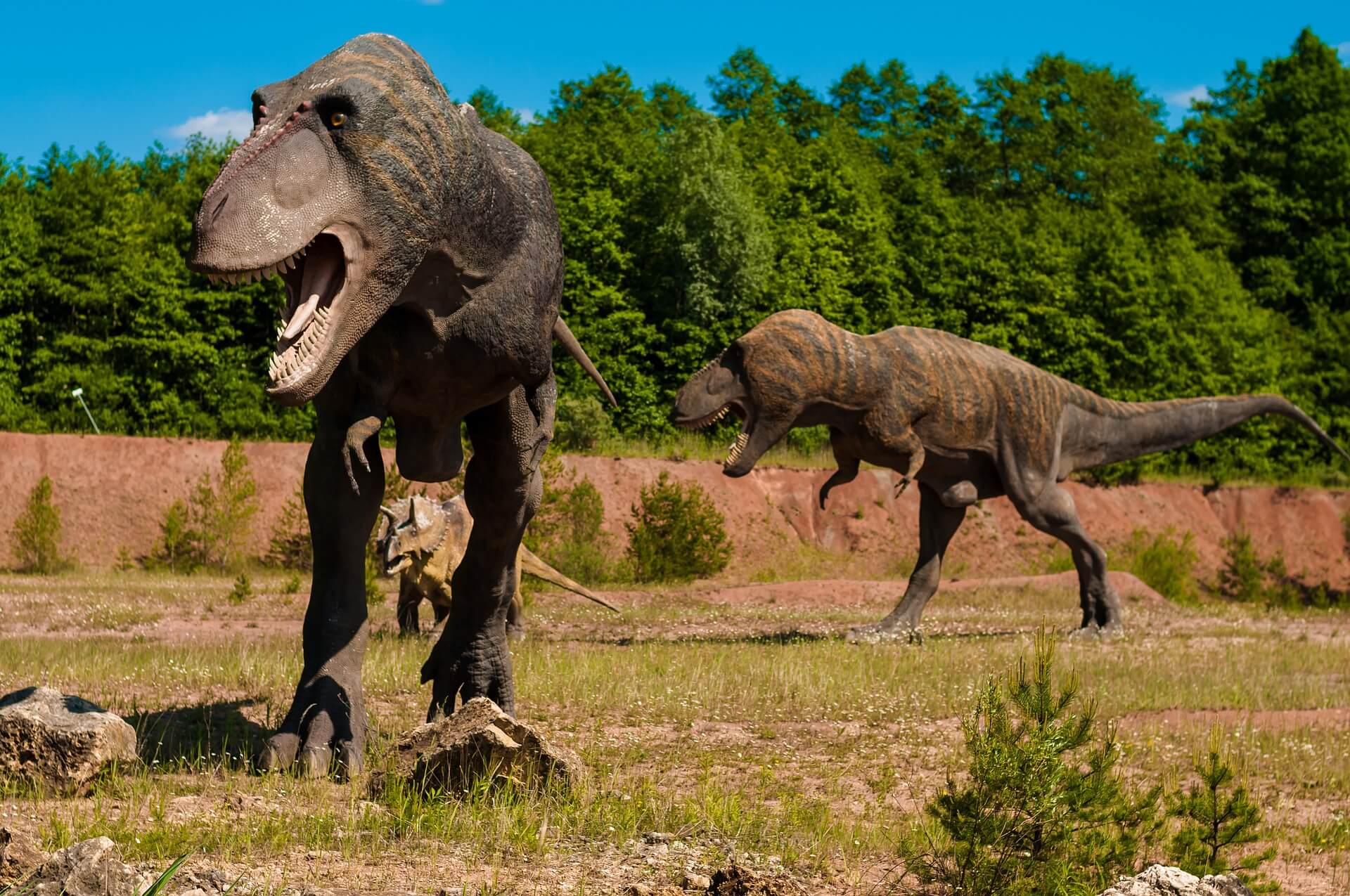
Undoubtedly, when you think of famous dinosaurs, the specimen that first comes to mind is probably the tyrannosaurus. The scientific name of this species is poetic in itself, as it means “tyrant reptile,” this being the fame it received in the movies.
It’s estimated that its length hovered between 10 and 14 meters and its weight was around four to seven tons, although its small-sized arms are usually its most representative feature. This aspect has been the subject of extensive discussions.
One of the most recent hypotheses is presented in an article in the journal Acta Palaeontologica Polonica published in 2022. This research suggests that the upper limbs may have been shortened, because its large head and jaw already made predation possible. In addition, this reduction would have helped to protect its arms from injury during group feeding.
Although it enjoyed the reputation of being the largest carnivore for more than a century, in more recent times it has been dethroned by other specimens. Among them is the giganotosaurus, which lived in South America during the Early Cretaceous.
2. Apatosaurus
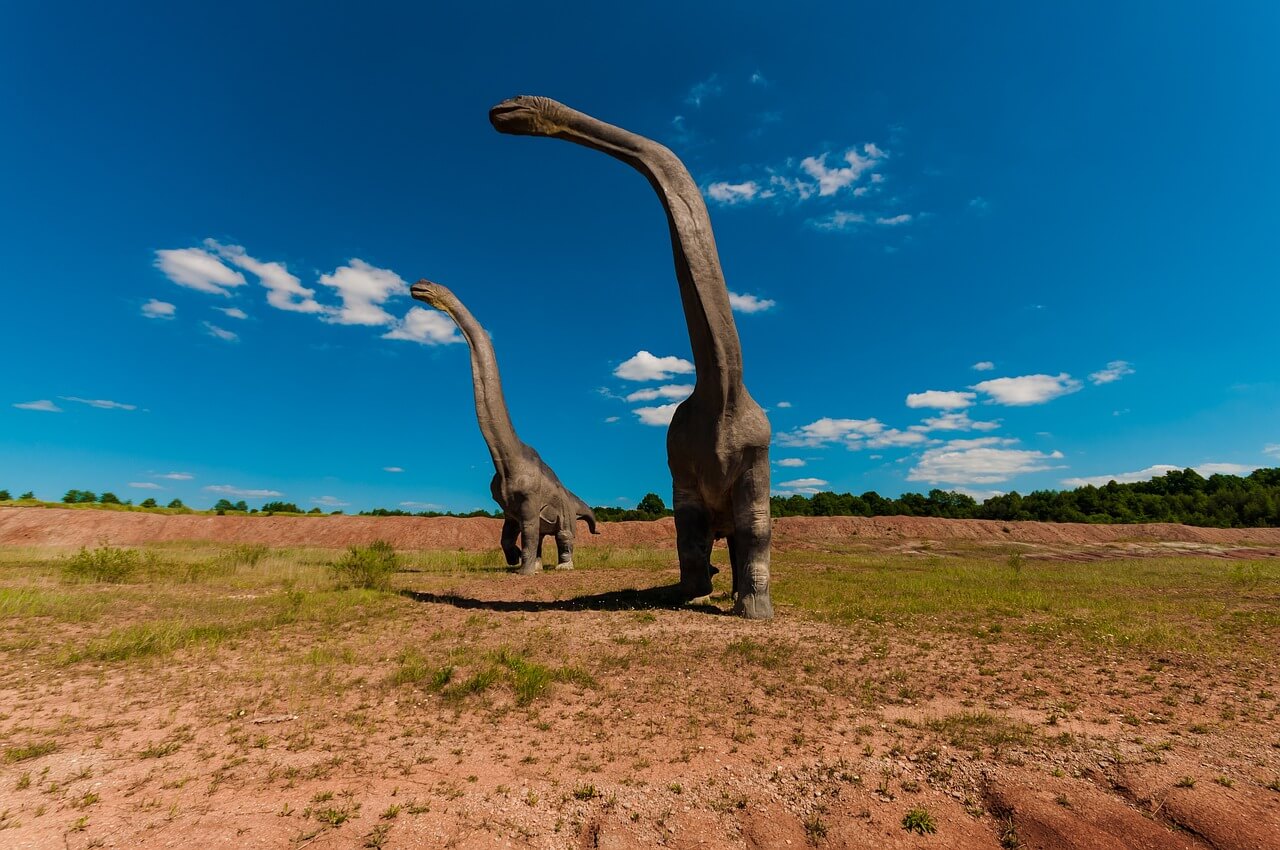
The apatosaurus or Apatosaurus ajax, meaning “deceptive lizard,” was a dinosaur that could reach 20 meters and weighed about 35 tons. Being classified as an ornithischian, its diet was vegetable, with a preference for the tender shoots and leaves of tall trees.
Since 1903, paleontologists considered that brontosaurus should be classified within the apatosaurus group. However, an extensive study in the journal PeerJ, published in 2015, warns that analysis of evolutionary relationships yielded that these are distinct genera.
3. Parasaurolophus
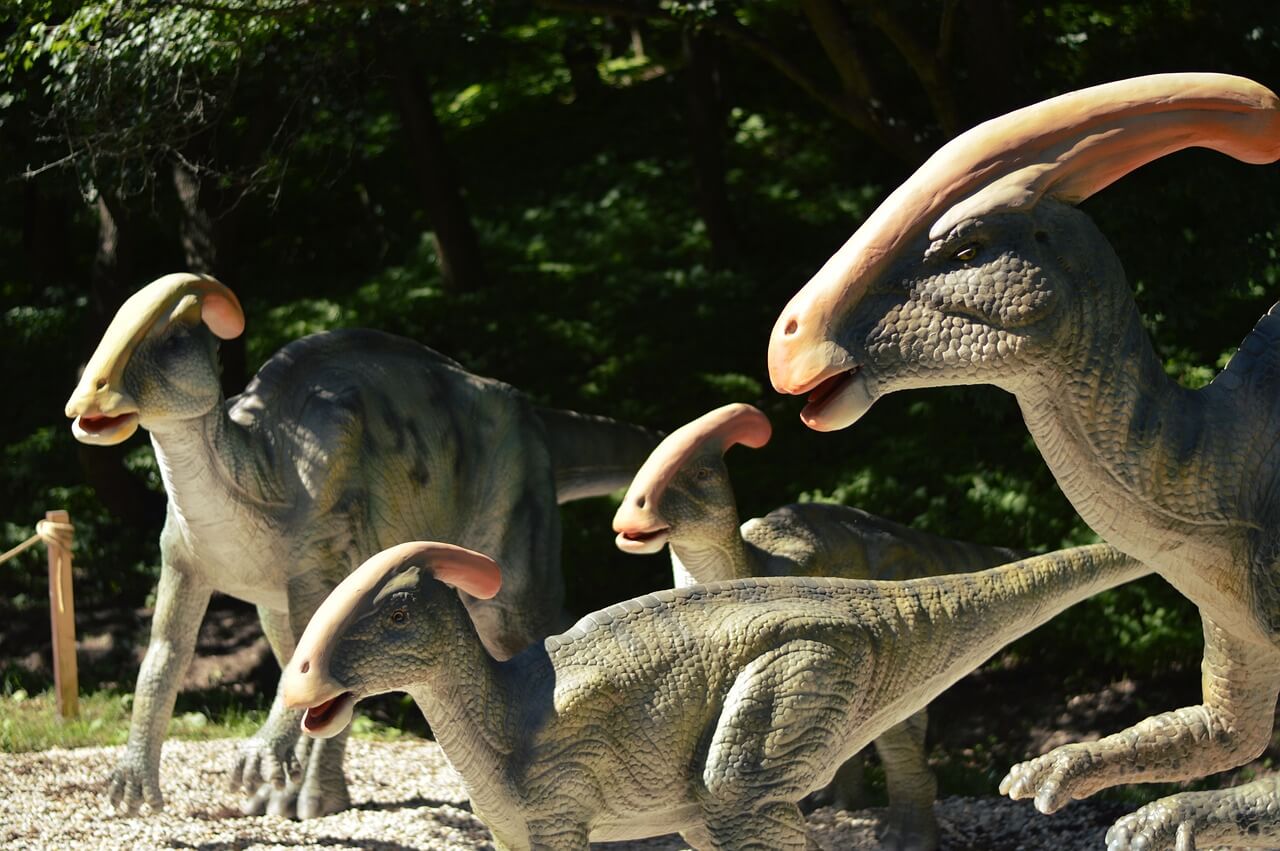
One of the representative features that stand out in parasaurolophus specimens is its crest, despite the fact that its functionality is still unclear. For this reason, the species was named Parasaurolophus walkeri, whose name indicates that it was a “crested reptile”.
Despite the lack of knowledge about the crest, scientists who study it have different hypotheses. According to an article in the journal PeerJ published in 2013, the most accepted ones are as a visual display for mate attraction and sound production, in order to communicate with each other.
4. Triceratops
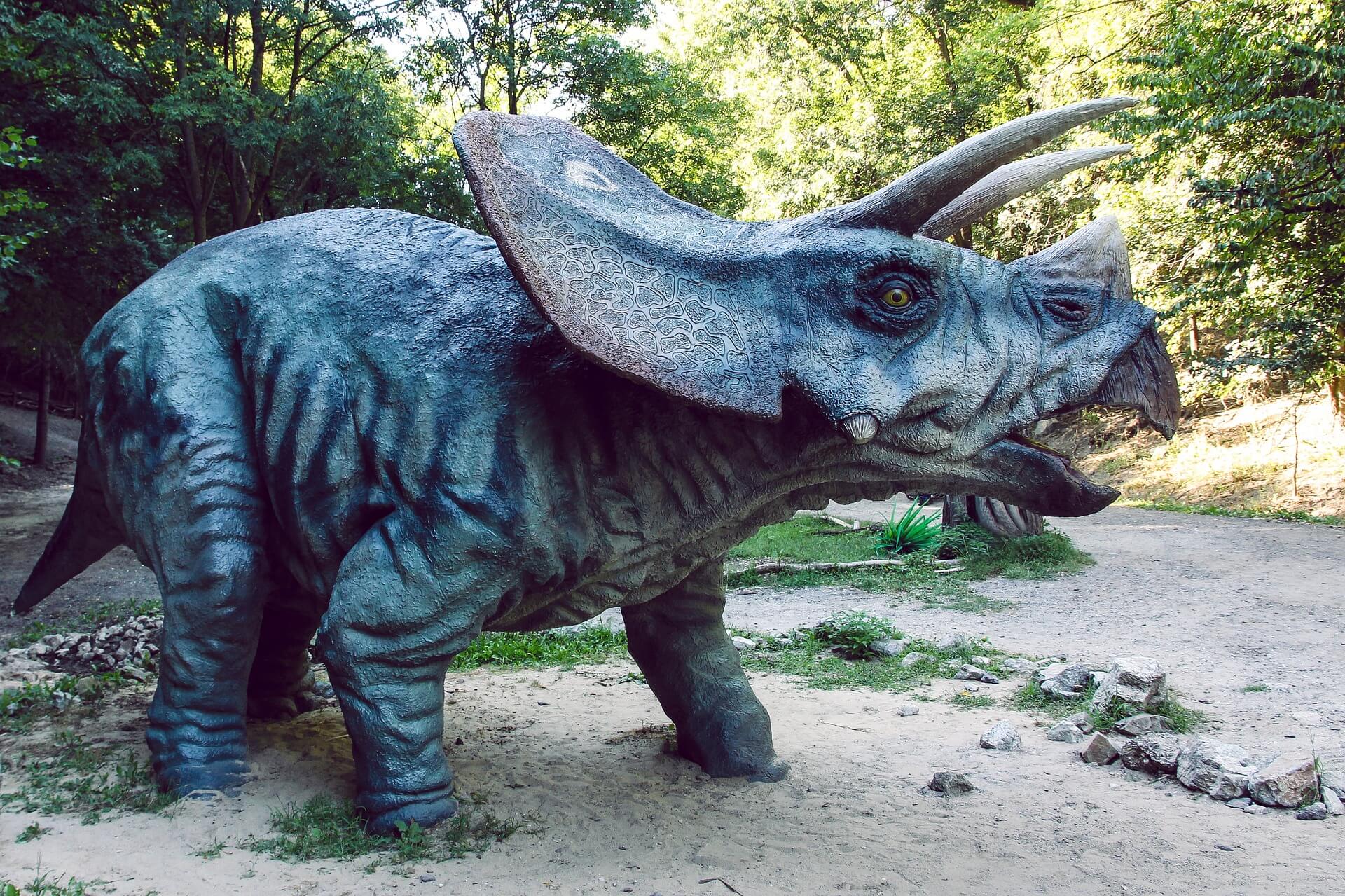
The triceratops belongs to the species Triceratops horridus, which means “horrible three-horned head” and refers to its most representative feature: the three horns. It stood out for being the largest horned dinosaur at the end of the Cretaceous, whose diet was based on the consumption of hard plants rich in fiber.
Its body composition was determined by a weight of about 6 tons, spread over a length of nine meters. In addition, it possessed a curved beak (similar to that of a parrot) which, although it didn’t help it when chewing plants, allowed it to chop them up and ingest them.
5. Archaeopteryx
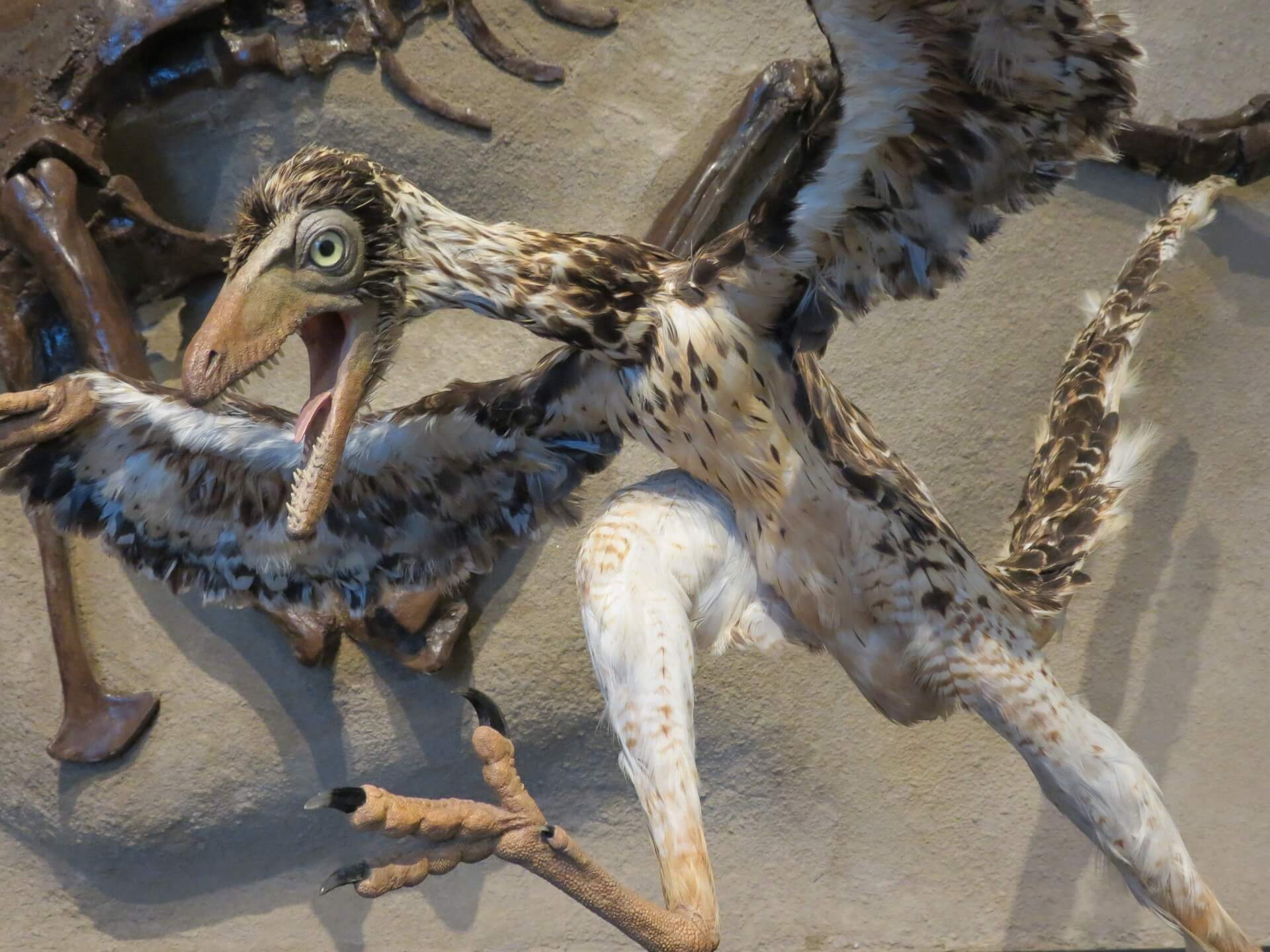
This carnivorous dinosaur is one of the most important, because it supports the theory that today’s birds are descended from dinosaurs. Specifically, the archaeopteryx is known as the first bird, despite the fact that its fossil remains indicate that they weren’t as good fliers as today’s birds.
6. Velociraptor
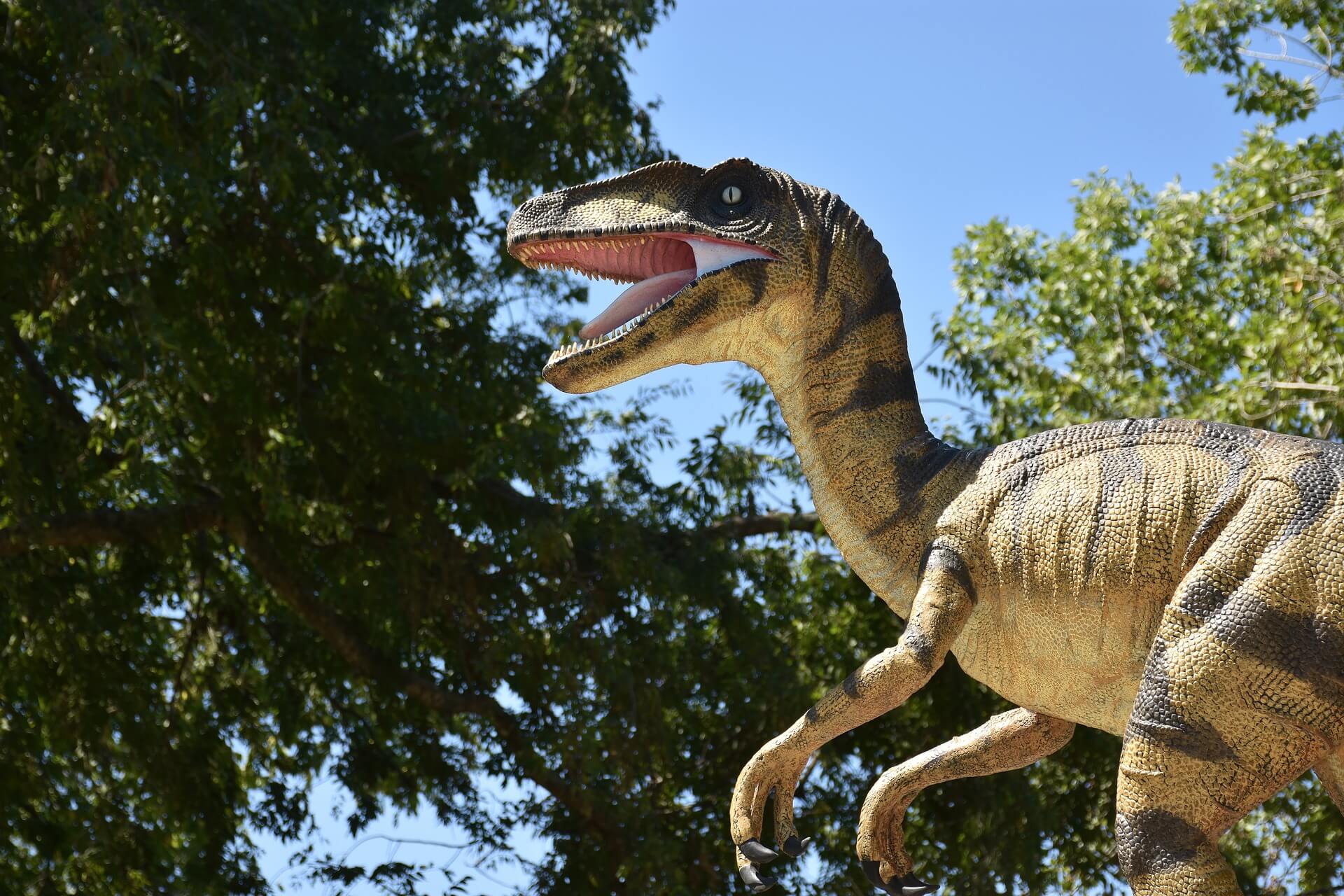
Although it wasn’t noted for its large size, measuring 1.8 meters, it was a very powerful and fast carnivore. Its size is reminiscent of a wolf and it’s believed that they also hunted in packs, mainly protoceratops. Thanks to its powerful claws, it mortally wounded its prey.
The kings of the Mesozoic era
Most of the famous dinosaurs described inhabited the Earth during the Late Cretaceous or Jurassic period of the Mesozoic era. In terms of distribution, a large part of these and other fossil remains have been found on the American continent.
Paleontology connects us with the life forms that preceded us on the planet. With the studies of this discipline, we can learn information about the different specimens, their interaction with the environment and other factors. Thanks to it, we have been able to get to know the most famous dinosaurs in history.
All cited sources were thoroughly reviewed by our team to ensure their quality, reliability, currency, and validity. The bibliography of this article was considered reliable and of academic or scientific accuracy.
- Apaldetti, C., Martínez, R. N., Cerda, I. A., Pol, D., & Alcober, O. (2018). An early trend towards gigantism in Triassic sauropodomorph dinosaurs. Nature ecology & evolution, 2(8), 1227-1232. https://www.nature.com/articles/s41559-018-0599-y
- DePalma, R. A., Burnham, D. A., Martin, L. D., Rothschild, B. M., & Larson, P. L. (2013). Physical evidence of predatory behavior in Tyrannosaurus rex. Proceedings of the National Academy of Sciences, 110(31), 12560-12564. https://www.pnas.org/doi/10.1073/pnas.1216534110
- Evans, D. C. (2006). Nasal cavity homologies and cranial crest function in lambeosaurine dinosaurs. Paleobiology, 32(1), 109-125. https://bioone.org/journals/paleobiology/volume-32/issue-1/04027.1/Nasal-cavity-homologies-and-cranial-crest-function-in-lambeosaurine-dinosaurs/10.1666/04027.1.short
- Farke, A. A., Chok, D. J., Herrero, A., Scolieri, B., & Werning, S. (2013). Ontogeny in the tube-crested dinosaur Parasaurolophus (Hadrosauridae) and heterochrony in hadrosaurids. PeerJ, 1, e182. https://peerj.com/articles/182/?no_redirect=true
- Grupo Aragosaurus. Reconstruyendo el mundo perdido de los dinosaurios. Revista de divulgación científica de la Facultad de Ciencias de Zaragoza (conCIENCIAS.digital). https://rid.unrn.edu.ar/bitstream/20.500.12049/2630/1/rid.unrn.edu.ar.2630.pdf
- Natural History Museum. When did dinosaurs live? Consultado el 22 de mayo de 2023. https://www.nhm.ac.uk/discover/when-did-dinosaurs-live.html
- Natural History Museum. Giganotosaurus. Consultado el 22 de mayo de 2023. https://www.nhm.ac.uk/discover/dino-directory/giganotosaurus.html
- Padian, K. (2022). Why tyrannosaurid forelimbs were so short: An integrative hypothesis. Acta Palaeontologica Polonica, 67(1), 63-76. https://www.app.pan.pl/article/item/app009212021.html
- Shone, R., Riley, T. (2018). Arqueoptérix: la primera ave. Océano historias gráficas. https://books.google.es/books?id=xsaLDwAAQBAJ&pg=PA4&dq=arqueopterix&hl=es&sa=X&ved=2ahUKEwiY4JnllLLvAhWLnxQKHSg2CIsQ6AEwAHoECAYQAg#v=onepage&q=arqueopterix&f=false
- Tipos de dinosarios. Revista Digital Universitaria. Consultado el 22 de mayo de 2023. http://www.revista.unam.mx/vol.2/num4/sabias1/tipos.html#apatosaurio
- Tschopp, E., Mateus, O., & Benson, R. B. (2015). A specimen-level phylogenetic analysis and taxonomic revision of Diplodocidae (Dinosauria, Sauropoda). PeerJ, 3, e857. http://static.peerj.com/press/previews/2015/04/857.pdf
